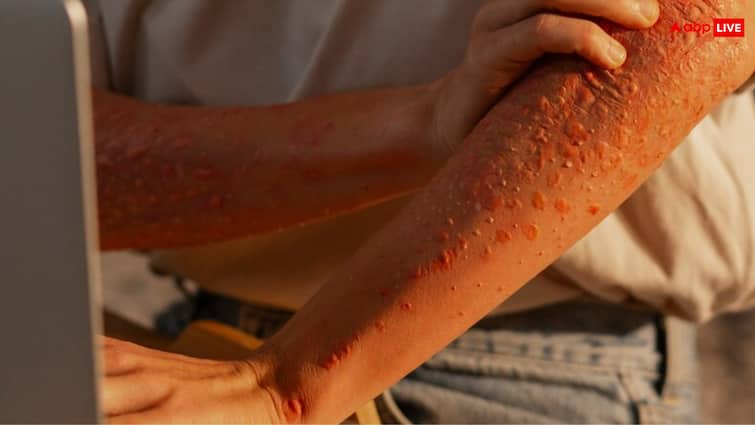Skin rashes are common, but sometimes they can be a cause for concern. Often, people assume that these rashes are normal, but they can also be a sign of a serious illness, such as cancer. So it’s important to know how to tell if a rash is normal or a symptom of cancer and when to contact a doctor.
What are normal skin rashes? br />Normal rashes are often caused by allergies, heat, sweat, or infection. These rashes are usually red, itchy, and heal on their own within a few days. There is no pain or hard bump, and they can occur anywhere on the body. If these rashes heal within a few days, there is no need to worry.
How do cancer rashes occur?
If they are on the skin If the rash persists for a long time, increases in size, is of an unusual color or causes pain and burning, it may be a sign of cancer. Especially if, in addition to the rash, a bump is also felt on the skin, it should not be ignored. Such rashes usually do not heal on their own and can worsen over time.
When to contact a doctor?
If a rash appears on your skin, if they do not heal for more than a month, do not change color, shape or texture, or start bleeding, you should contact a doctor immediately. In such cases, tests such as a biopsy may be necessary to determine whether the rash is a sign of cancer or not. What should not be done on your own? Never try to treat rashes on your own, for example by using home remedies or applying creams. consult a doctor. This can make the problem even more serious.
What to keep in mind
Skin rashes are normal in most cases, but if these rashes look abnormal, Or persist for a long time, then do not ignore them. It is very important to consult a doctor on time, because cancer is easier to treat in the early stages. So, pay attention to your skin and take any changes seriously.
What skin rashes are signs of cancer?
- Basal cell carcinoma: Small shiny spots or bumps, especially on the face and neck.
- Squamous cell carcinoma: Rough, scaly, or bleeding spots that appear on sun-exposed areas. Melanoma: Black or brown moles that may change shape and color.
Disclaimer: Some information given in news. The information is based on media reports. Before implementing any suggestion, you must consult the concerned expert.
Also read:Can Monkeypox Virus Be Spread Through Sex? Big Revelation on This in Report
